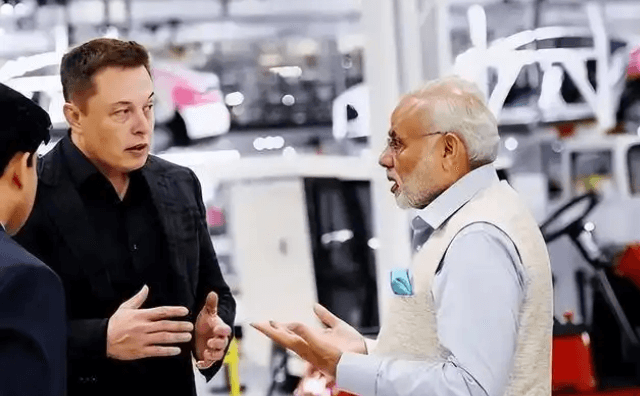On April 2, local time, US President Trump announced at the White House that he would impose Trump tariffs are on the rise! Why has the US been declared a “national emergency”? US economists: The US is making the mistake of isolating itself so-called “reciprocal tariffs” on trading partners. In addition, Trump also declared a national emergency on the same day.
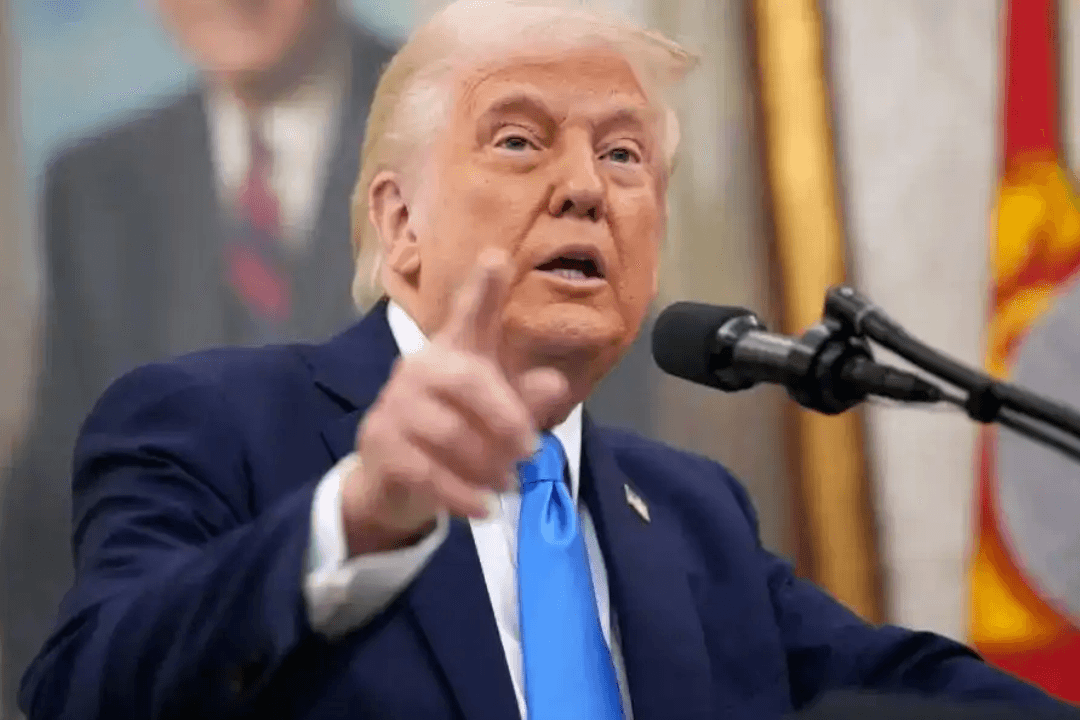
In the past few weeks, Trump has repeatedly claimed that April 2 is “Liberation Day” and promised to use tariff policies to protect American industries from “unfair” foreign competition. Academics and business circles have repeatedly warned that Trump’s tariff measures will be counterproductive, not only affecting global trade, but also damaging the US economy itself, pushing up inflation, and becoming the fuse for a new round of economic recession in the United States.
Which tariffs take effect today?
On April 2, local time, Trump signed two executive orders on so-called “reciprocal tariffs” at the White House, announcing that the United States would establish a 10% “minimum benchmark tariff” on its trading partners and impose higher tariffs on certain trading partners.
In addition, Trump announced a 25% tariff on imported cars on the same day. Trump said the 25% tariff on cars will take effect on April
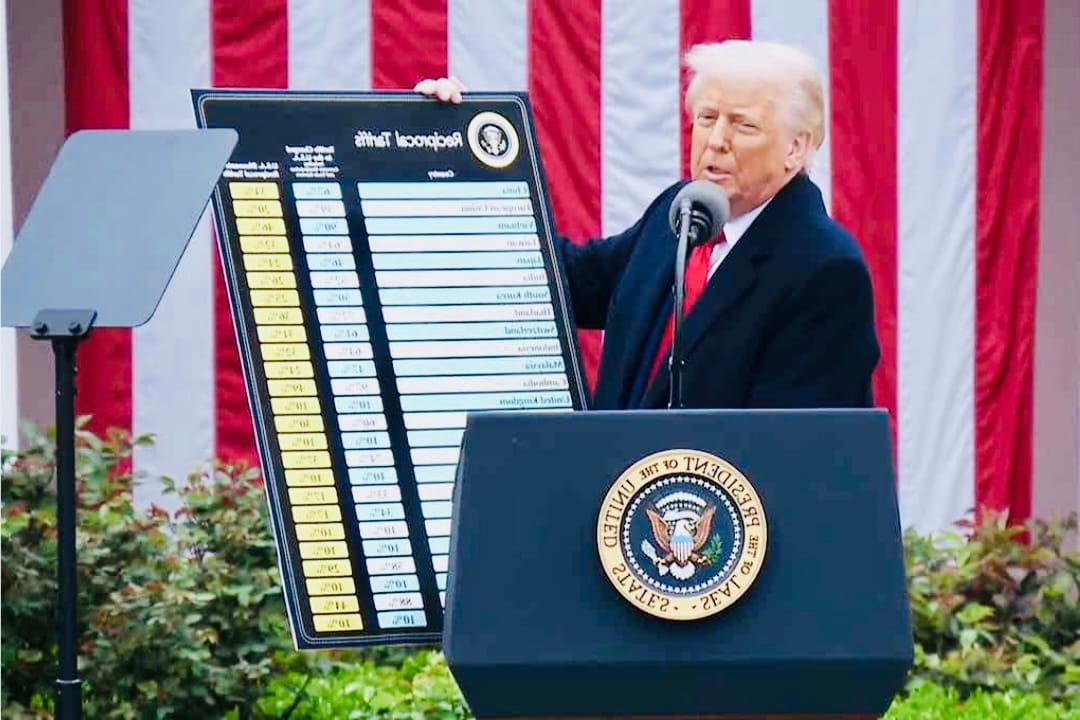
The White House issued a statement saying that US President Trump declared a national emergency that day to enhance the United States’ competitive advantage, protect US sovereignty, and strengthen US national and economic security.
The statement said that Trump will impose a 10% “base tariff” on all countries, which will take effect at 00:01 a.m. Eastern Time on April 5. In addition, Trump will impose personalized higher “reciprocal tariffs” on countries with the largest US trade deficits, which will take effect at 00:01 a.m. Eastern Time on April 9, and all other countries will continue to abide by the original 10% tariff base.
The statement said that some goods will not be subject to “reciprocal tariffs”, including steel and aluminum products that are already subject to Section 232 tariffs, automobiles and auto parts, goods that may be subject to future Section 232 tariffs, and energy and certain other minerals that are not available in the United States. In addition, gold bars, copper, pharmaceuticals, semiconductors and wood products are also not subject to “reciprocal tariffs”.
The statement also said that for Canada and Mexico, goods that comply with the US-Mexico-Canada Agreement will continue to be exempted.
Which tariffs are already in effect?
- china
On February 4, Trump imposed a 10% tariff on all Chinese imports, and on March 4, he raised the rate to 20%.
In response to the US’s imposition of additional tariffs, China has issued a number of countermeasures against the US and has filed a lawsuit under the WTO dispute settlement mechanism.
- Canadian and Mexican
According to the executive order signed by Trump in March, the United States imposes a 25% tariff on a variety of goods that do not meet the rules of origin of the USMCA, and exempts goods that meet the preferential conditions of the USMCA from tax. However, the relevant tariff exemption policy will only last until April 2.
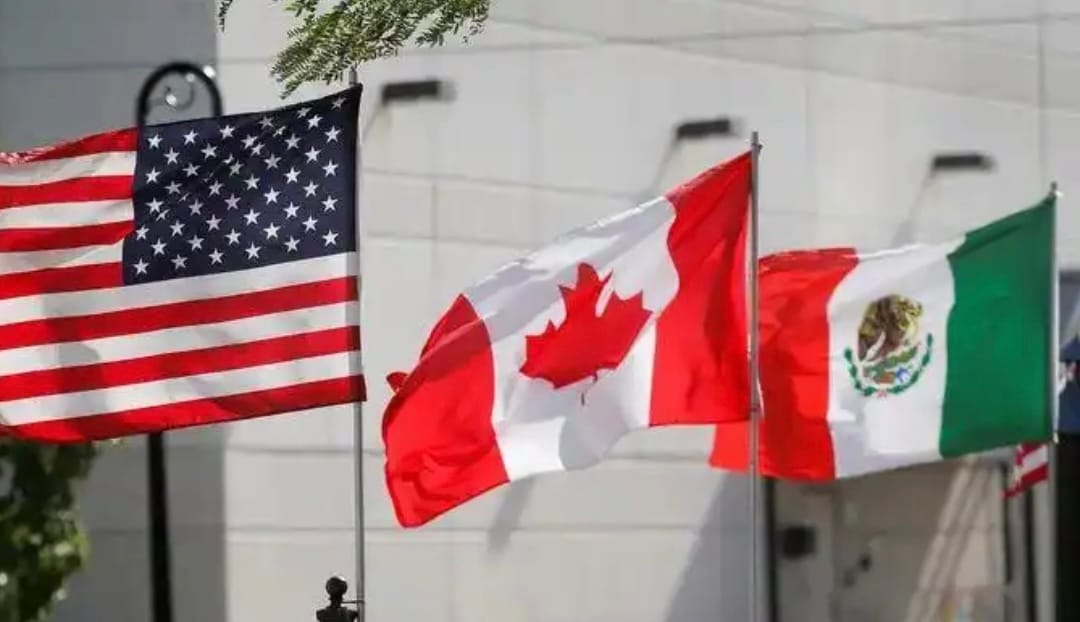
- All imported steel, aluminum
On March 12, the United States imposed a 25% tariff on imported steel and aluminum products. In addition, the latest measures also canceled the duty-free quotas and exemption policies for steel and aluminum for some trading partners.

More tariffs?
Trump has previously stated that he would impose tariffs of around 25% on copper, medicines, chips, imported timber and forestry products, etc.
In response to media questions on March 28, Trump said he was somewhat open to reaching tariff agreements with other countries, but hinted that any agreement would be reached after the tariff measures take effect on April 2.
In addition, due to the “failure to achieve his goals” on issues such as the Russia-Ukraine ceasefire and the US-Iran negotiations, Trump recently “complained” about Russia and Iran, and threatened to impose “secondary tariffs” on all oil imports from Russia and “secondary sanctions” on Iran.
U.S. Treasury Secretary Benson said in an interview with Fox News on April 2 that he advises countries not to retaliate against tariffs because they would escalate.
Many countries and international organizations have expressed their stance: Fight back
Faced with the US’s tariff coercion, China, Canada and other countries have quickly announced countermeasures, and other countries have also had to prepare for countermeasures. The intensity of global trade frictions will escalate significantly.
- European Union
On April 1, European Commission President Ursula von der Leyen said that the EU has a strong countermeasure plan and will fight back against the US tariff policy if necessary.

- Germany
On March 30, German Chancellor Scholz criticized the United States for imposing tariffs that undermine global free trade and stressed that the European Union will continue to respond decisively.
- France
On March 27, French Minister of Economy and Finance Eric Lombard said that the US’s imposition of tariffs on imported cars showed a further escalation of provocation against Europe, and the EU would also increase import tariffs on US products, which was “the only solution for the EU.
- Canada
Canada’s new Prime Minister Mark Carney said on his swearing-in day on March 14 that the new Canadian cabinet has two priorities: protecting the interests of Canadian workers in the face of US tariff threats and developing the Canadian economy.
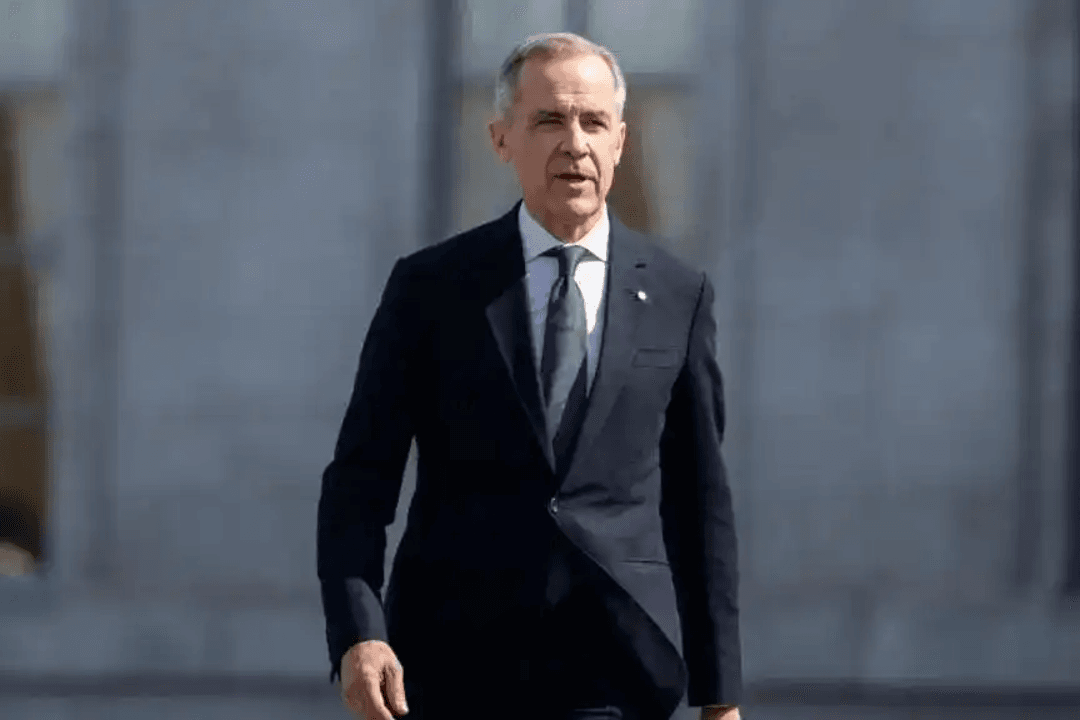
Carney said on March 27 that the traditional relationship between Canada and the United States has ended, and in the face of Trump’s escalating tariff measures, Canada must fundamentally reshape a new economy. Carney said Canada will respond to the US auto tariffs with retaliatory trade actions.
Ultimately, American consumers pay the bill”
Trump has always liked to use stock market performance as a report card for his administration. However, amid concerns about Trump’s tariff war and the outlook for the U.S. economy, the New York Stock Exchange’s Standard & Poor’s 500 Index and the Nasdaq Composite Index both recorded their worst quarterly performance in more than two years. The Nasdaq fell 10.4% in the first quarter of this year, the largest quarterly decline since the second quarter of 2022; the S&P 500 fell 4.6% in the first quarter, the worst quarter since the third quarter of 2022

Polling agency data has also sounded a warning about the Trump administration’s handling of the economy. A new poll released on March 31 by the Associated Press and the University of Chicago’s National Opinion Research Center showed that as trade disputes between the United States and many countries continue to escalate, about 60% of Americans surveyed disapproved of the current U.S. government’s handling of tariffs and trade negotiations.

Economists are concerned that Trump’s tariff policy will inevitably push up U.S. inflation and damage consumer confidence. The consequence of imposing tariffs is to increase production costs throughout the region, push up prices, and ultimately be paid by U.S. consumers.
Data from the Conference Board at the end of March showed that the U.S. consumer confidence index in March was 92.9, which has fallen for the fourth consecutive month. Among them, the consumer expectations index, which reflects the short-term income outlook, business and job market environment, fell to 65.2, the lowest level in 12 years. When the consumer expectations index falls below 80, it is usually a signal that the economy will enter a recession.
“Everything will be lost”
Trump regards tariffs as a “multifunctional weapon”, which is not only a bargaining chip in diplomatic negotiations, but also a tool to promote “manufacturing repatriation” and a “revenue-generating code” for the government. The media and economists generally expressed different opinions on the consequences of these policies.
The Associated Press article pointed out that the US government believes that high tariffs are conducive to reversing the long-standing US trade deficit, but the trade war implemented during Trump’s last presidency has proved that tariffs cannot successfully narrow the trade gap. The Financial Times of the United Kingdom believes that the US tariff policy may lead to widespread global trade disruptions, rising prices and falling living standards, and the United States is facing the risk of a real economic recession
American economist Jeffrey Sachs bluntly stated that imposing tariffs is a bad policy and that Trump’s triple calculations of tariff policy will “lose everything.”
- Sachs believes that, first of all, Trump uses tariffs as a threat. But for many countries, these threats are ineffective because the US market, although considerable in size, is not strategically critical. In addition, in order to cater to domestic nationalist sentiments, officials from various countries will not easily give in.
- Second, the Trump administration hopes to increase fiscal revenue and reduce taxes by imposing tariffs. However, data shows that imposing tariffs “does not generate much revenue.” The root cause of the US government’s fiscal crisis is that the government’s annual expenditure far exceeds fiscal revenue, and tariff revenue is not enough to fundamentally solve the fiscal crisis.
- Third, Trump claims that tariffs can revive American industry. However, protectionism cannot develop industry. It will only make the United States fall behind and fail to improve its competitiveness.
Fundamentally, the United States is making the mistake of isolating itself. Countries and their leaders around the world feel that the United States is bullying, which neither helps the United States to ensure its own security, nor is it conducive to its prosperity and development, let alone gaining the trust of the United States in the international community.
